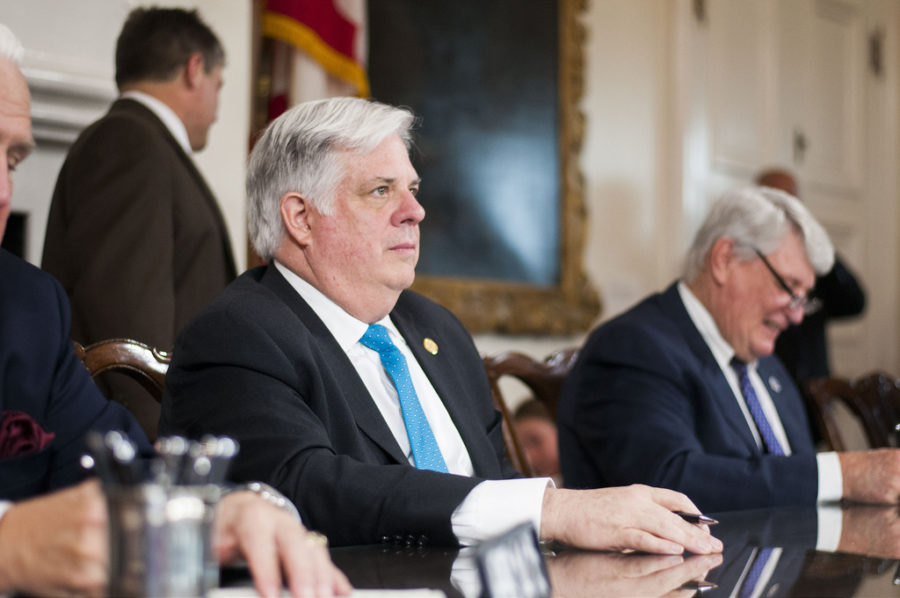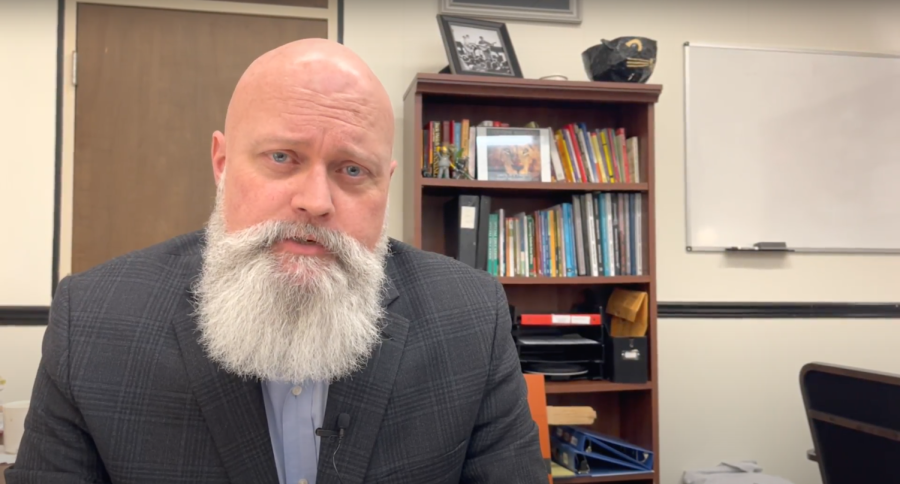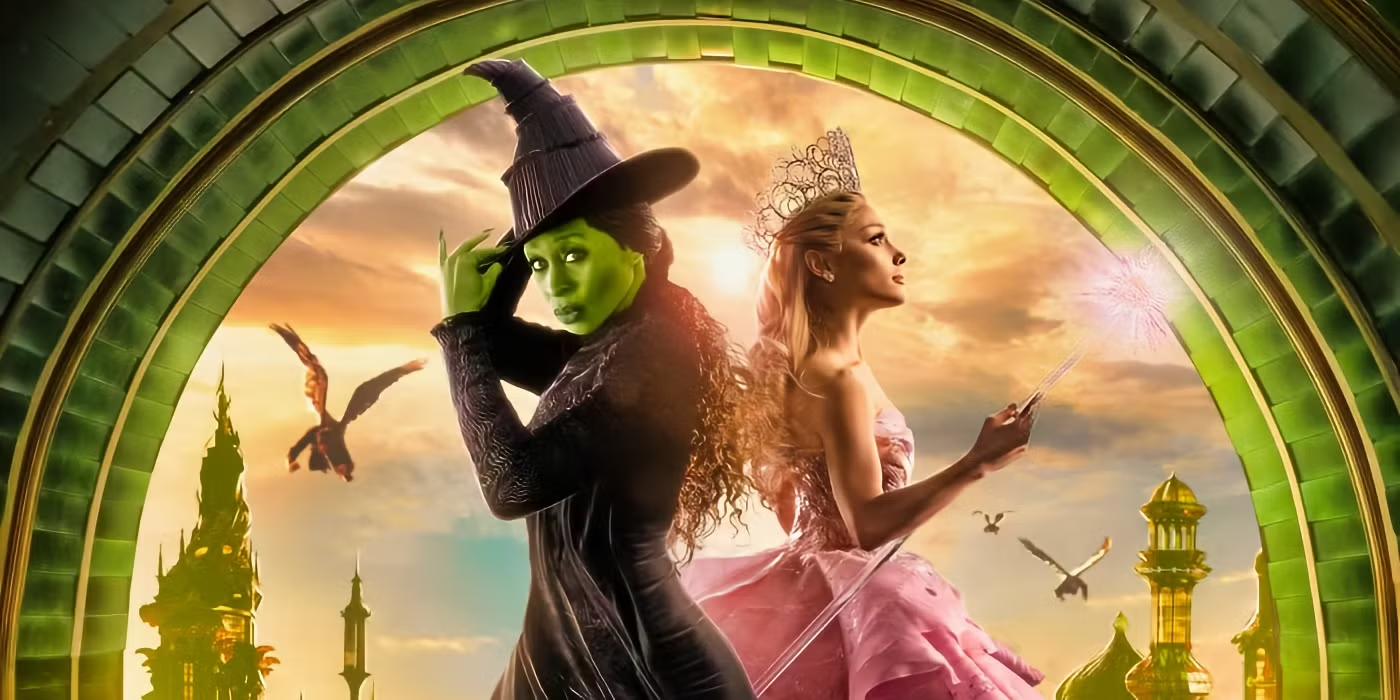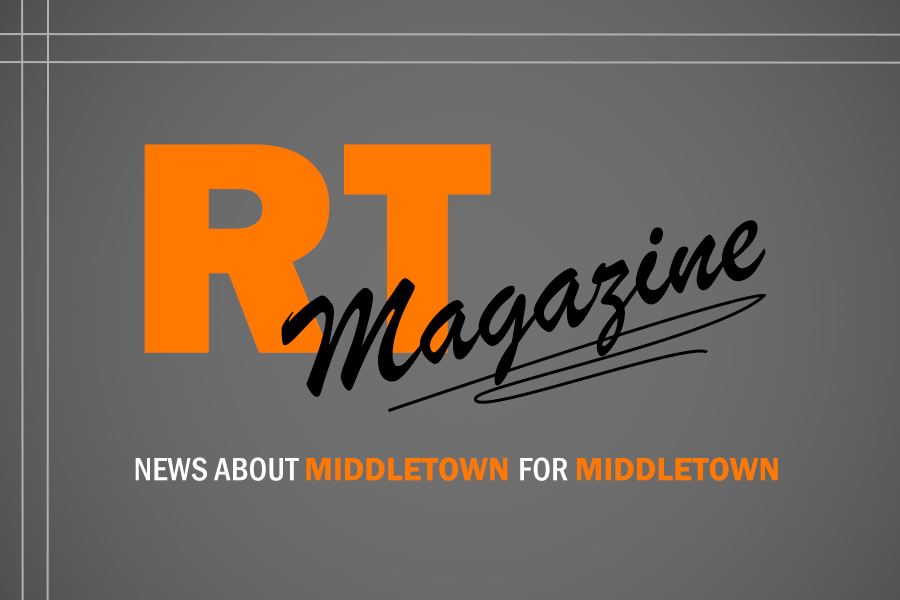We heard the forecast: the blue wave is coming. To some it’s scary, others empowering. Across the country, innumerable Americans, faced with the oppression of the Trump administration, have risen up in protest. While a blue wave did occur – although smaller than anticipated – it did not happen in Maryland on a large scale. We are stuck with the status quo.
Maryland traditionally has been a liberal state. A majority of its elected officials are Democrats, and it has picked only three Republican presidents in its history. But something strange has happened; we’ve become complacent. In 2014, somehow Maryland elected a Republican governor, Larry Hogan. Hogan was only the second Republican governor to be elected in the state in nearly 50 years, and now he has been elected to a second term. That’s only happened once before. Ever.
So, why Hogan? And in the face of this liberal wave, how is it possible that he will see another term? Like the answer to so many political questions today, it lies in turnout. In 2014, Hogan faced Anthony Brown, an African-American veteran and Harvard Law graduate who seemed perfect on paper but lacked a message and ability to inspire constituents to get out and vote.
This go around, Ben Jealous was viewed as too extreme. He got voters to turnout, but mainly in opposition to Trump, not in support of Jealous. In a sea of 12 liberal candidates in the primary, the extremist won, which is nothing new in this political climate. He was then appealing to a more radical Democratic base and heading in to the general election had no chance.
Because of the pattern of extremism plaguing politics today, Hogan was victorious. So, maybe the oddity of Hogan serving two terms is a breath of fresh air, a less partisan answer to what is happening now. Because Hogan won he doesn’t need to worry about appealing to Democrats, as he can’t run again. Could a more conservative Hogan be in our future?
For the past four years, Hogan has pushed for legislation that makes him appear to be socially liberal. However, his big agenda items do not make up for his primarily conservative point of view. Somehow, liberals like him. Why? Because they were expecting worse when he was initially elected. He is better than expected, and that ended up turning the election is his favor.
However, a look at his legislation that doesn’t get as much media attention shows that he isn’t all he is cracked up to be. First, he vetoed a bill that would require mandatory sick leave for Maryland workers. Then, he fought against an increase in funding for public schools in Baltimore that are in desperate need of help. He also killed regulations that could have assisted in helping to save the environment. If Democrats had seen this pattern, the election might not have had the outcome that it did.
Hogan ran on the platform that Maryland is “open for business,” but according to The Baltimore Sun, during Hogan’s first term, “average total earnings for Marylanders have increased by scarcely $400, compared to $16,500 for residents of Delaware, $8,300 for Virginia, $4,000 for Pennsylvania, and $5,200 for the nation.”
We can only hope that in his second term Hogan will remain the “better than expected” governor he has been, but if history tells us anything, then term limits will enable Hogan with the power to do whatever he likes. Maryland is fortunate to have elected a blue General Assembly and Senate; they need to remain vigilant and ensure that Hogan doesn’t try to eliminate the progressive strides that have been made.
Maryland took a risk electing Hogan to a second term. We can only hope that it doesn’t mean a wipeout in the next four years.














